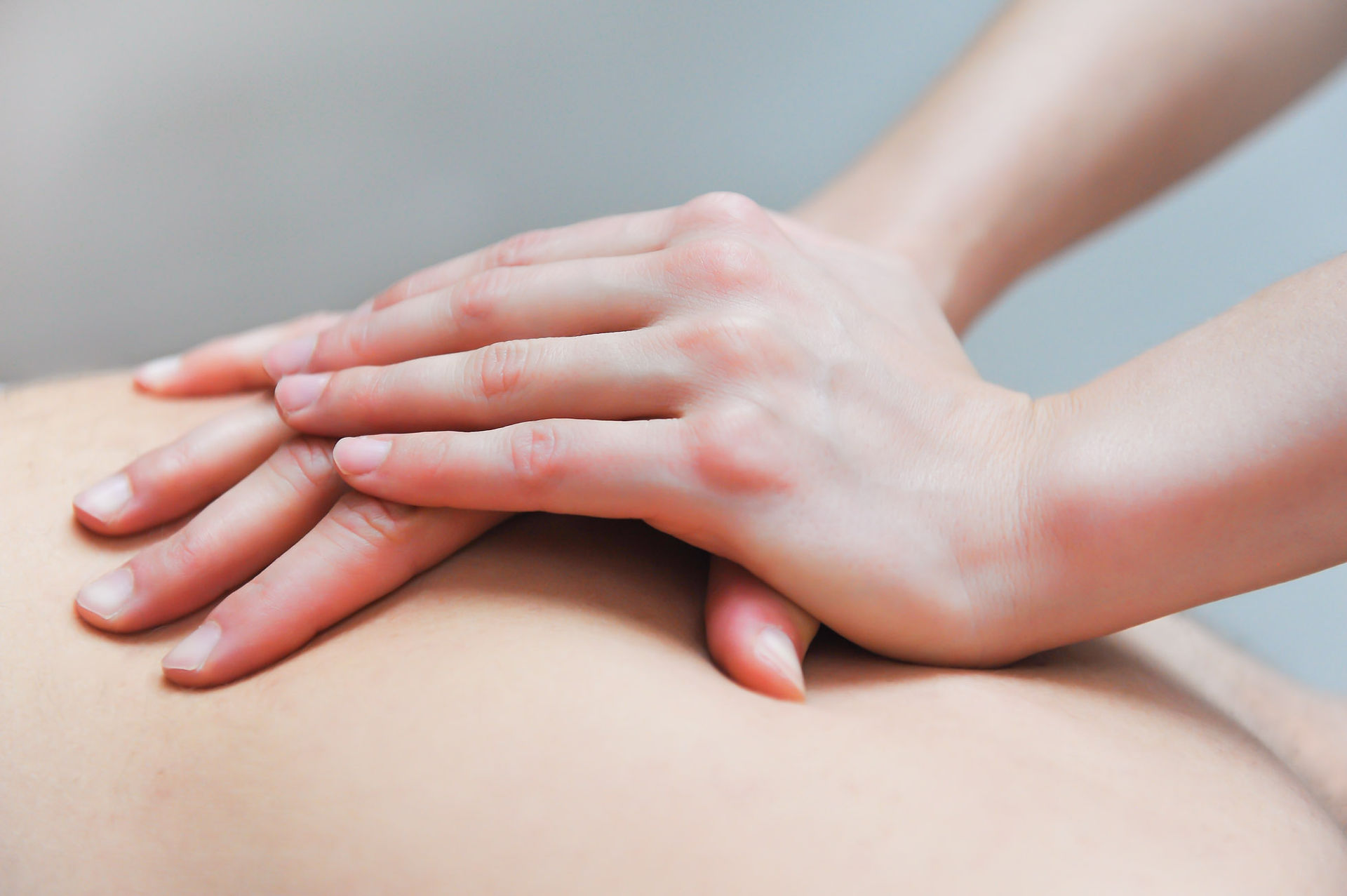

About Osteopathy
Osteopathy is a system of diagnosis and manual treatment focussing on the muscles, bones and joints of the body so as to restore their function.
Using many of the diagnostic procedures applied in conventional medicine, osteopaths seek to restore their patients’ optimal health, where possible without the use of drugs or surgery.
Osteopathy can help patients of any age and background with:
Back pain
Neck pain
Headaches
Sports injuries
Whiplash injuries
Arthritic pain
Sciatica
Frozen shoulder
Tennis Elbow
Joint/Muscle aches and pains
Work related strains
Repetitive Strain Injuries
Muscle spasm
Trapped nerve
and also:
Pre/postnatal care
Fibromyalgia
Digestion problems
Circulatory problems
Osteopaths use gentle, manual techniques such as soft tissue massage and specific joint and muscle techniques to reduce pain, improve joint mobility, promote blood and nerve supply to the tissues, enhance fluid drainage and relieve muscular tension. In doing so, osteopaths remove the barriers blocking the body’s own healing mechanisms. They also offer postural and/or exercise advice to aid recovery and prevent symptoms recurring.
Cranial osteopathy follows the same objective of enhancing the body’s healing process by removing stresses and tensions in the body and restoring its vitality. It may be used in a wide range of conditions for people of all ages, particularly babies and young children.
Cranial osteopathy is often used in conjunction with other osteopathic techniques. For example, in the treatment of headaches it may be used in conjunction with neck mobilisation and massage techniques to achieve pain relief. This combination of approaches may be found more effective than a structural approach on its own.
The title 'osteopath' is protected by law. It is against the law for anyone to call themselves an osteopath unless they are registered with the General Osteopathic Council (GOsC), which sets and promotes high standards of competency, conduct and safety.
All osteopaths practicing in the UK have completed rigorous training. Students of osteopathy follow a four or five-year degree course, during which they study anatomy, physiology, pathology, pharmacology, nutrition and biomechanics. In addition they undergo a minimum of 1,000 hours of clinical training. Qualification generally takes the form of a bachelor’s degree in osteopathy – a BSc(Hons), BOst or BOstMed – or a masters degree in osteopathy (MOst).
Osteopathy is recommended by the National Institute of Clinical Excellence (NICE) for back pain.
The British Medical Association guidance for GPs states that they can safely refer patients to osteopaths.
For appointments: Call Julie on 07967 666 169 or email: julie@theprimarycurve.co.uk